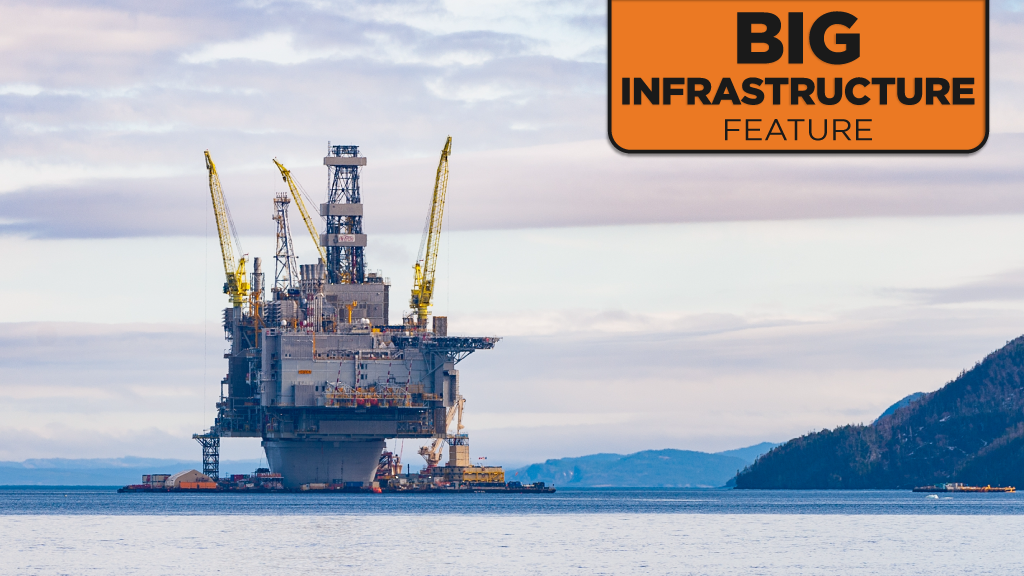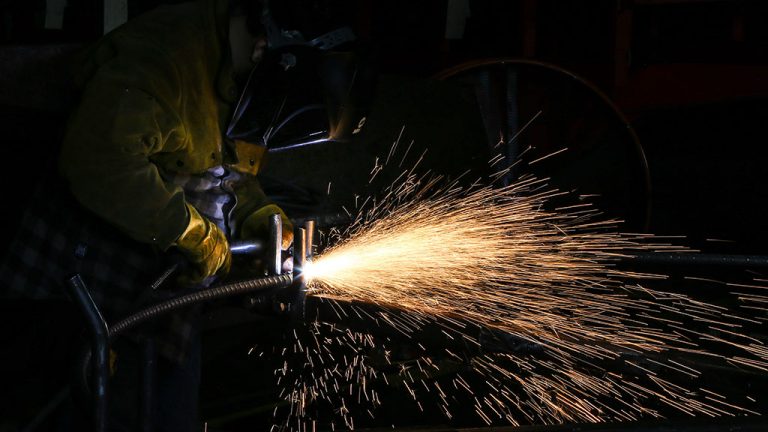Canada needs to export more energy to more markets in more parts of the world.
So says Krystle Wittevrongel, senior policy analyst and Alberta project lead at the Montreal Economic Institute.
Some of those places are European countries that depend on supplies of Russian natural gas, such as Bulgaria, Poland and Germany.
Germany is so dependent, says a government official in that country, that mass unemployment and poverty would result if it were to prematurely stop buying Russian oil and gas.

Wittevrongel says Canada should be able to help its European allies.
Due to a lack of Canadian infrastructure, however, it has but one export customer for the natural gas it produces – the United States.
“The current energy crisis in Europe should be a wake-up call for Canada,” said Wittevrongel. “We need to increase our production and export capacity, and we need to diversify our export destinations.”
Benefits of such a move for Canada are displacing Russian energy and strengthening our energy security.
The U.S. could also profit from increased Canadian energy production.
Sanctions on Russia have left the States with a 600,000-barrels-per-day oil deficit.
“President Biden has acknowledged the need for more oil and is looking for ways to get it from Canada,” said Wittevrongel. “But he wants to do it without resurrecting the Keystone XL pipeline, which he killed on his first day in office.”
She says the U.S. administration is looking to use rail tank cars, but they can move far less oil and with more risk.
“Pipelines are the fastest and most cost-effective method of transportation,” said Wittevrongel.
Jack Mintz, President’s Fellow of the School of Public Policy at the University of Calgary, says producing more Canadian oil and gas and delivering it to our allies would boost Western energy security.
“We are already the largest energy exporter to the United States,” said Mintz. “But less than five percent of our energy exports go to other countries.”
If Canada finished the Trans Mountain pipeline and built liquid natural gas (LNG) export plants on the Atlantic and Pacific coasts, it could provide more energy to Europe and Asia.
But that would require a change in Canadian energy policy, says Mintz.
The federal government would need to loosen up a regulatory system that has effectively blocked new pipelines.
“The government should also work with the energy industry to develop new technologies that provide cleaner energy to the rest of the world,” said Mintz. “Natural gas and nuclear could replace coal production in Asia, which would reduce global emissions.”
The provinces also need to get on board, and recognize they have a responsibility for Western security.
“Quebec, which derives 56 per cent of its energy from fossil fuels, has substantial natural gas reserves that could easily be exported from LNG facilities built on its east coast,” said Mintz.
Mary Van Buren, president of the Canadian Construction Association, said,
“Canada is a strong and stable energy producer, but we lack the infrastructure to expand our exports to Europe and capitalize on our rich natural resources.”
Canada has been slow to develop critical energy export infrastructure, says Van Buren.
“This includes not only pipelines and liquefied natural gas facilities, but also clean energy infrastructure, to help diversify our export markets to Europe,” she said. “Canada’s transition to a low carbon economy requires a strategic long-term plan for infrastructure investment. And there is a sizable role for the construction industry in this plan.”
One suggestion for filling Canada’s energy infrastructure deficit is the oft-mooted Northern Corridor.
“The Northern Corridor calls for a cross-Canada utility and transportation corridor for road, rail, pipelines and electricity transmission lines to ship key resources to ports for export,” said Ken Gibson, executive director of the Alberta Construction Association.
The Corridor would connect to existing port infrastructure in northern Canada, such as Prince Rupert, Hudson Bay, Newfoundland, or even Alaska.
“The Corridor concept also includes building or upgrading port infrastructure if and where it is required,” said Gibson.
Oil and gas pipelines would need to be built “as a minimum.”
“The premise of the Corridor is that it will be the natural route for the new infrastructure that is needed as Canada grows and as exports grow,” he said.
Gibson says construction supply chains all across Canada stand to benefit from the bidding opportunities to design and build Corridor infrastructure.
“The Corridor is intended to provide win-win opportunities for communities, industry and individual Canadians by ensuring community and government support up-front,” he said. “This will enable much faster builds that address opportunities.”











Recent Comments